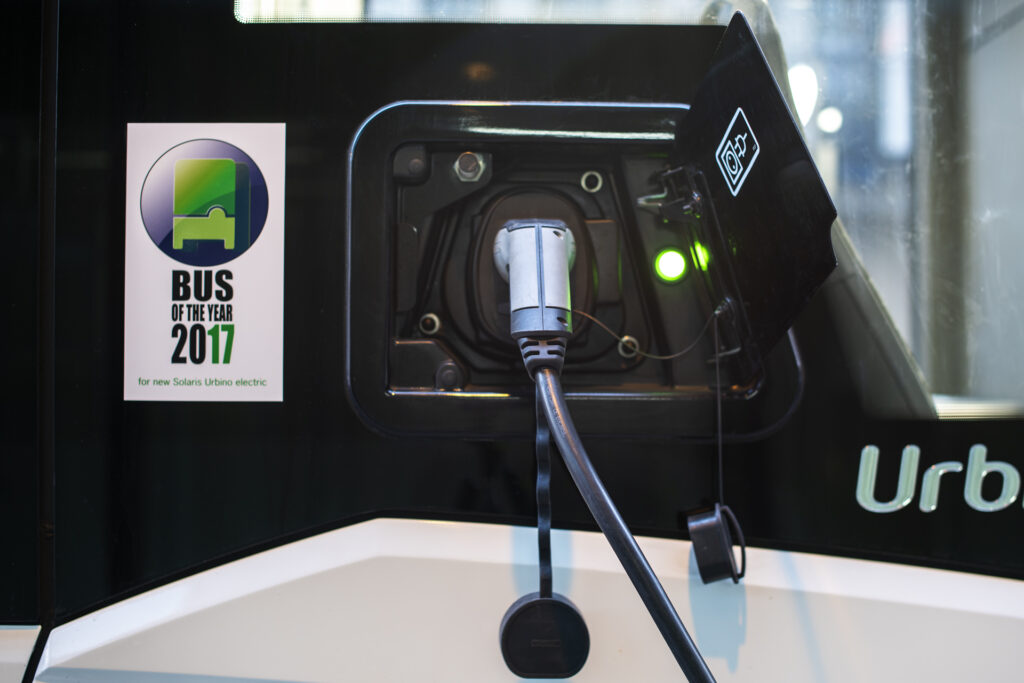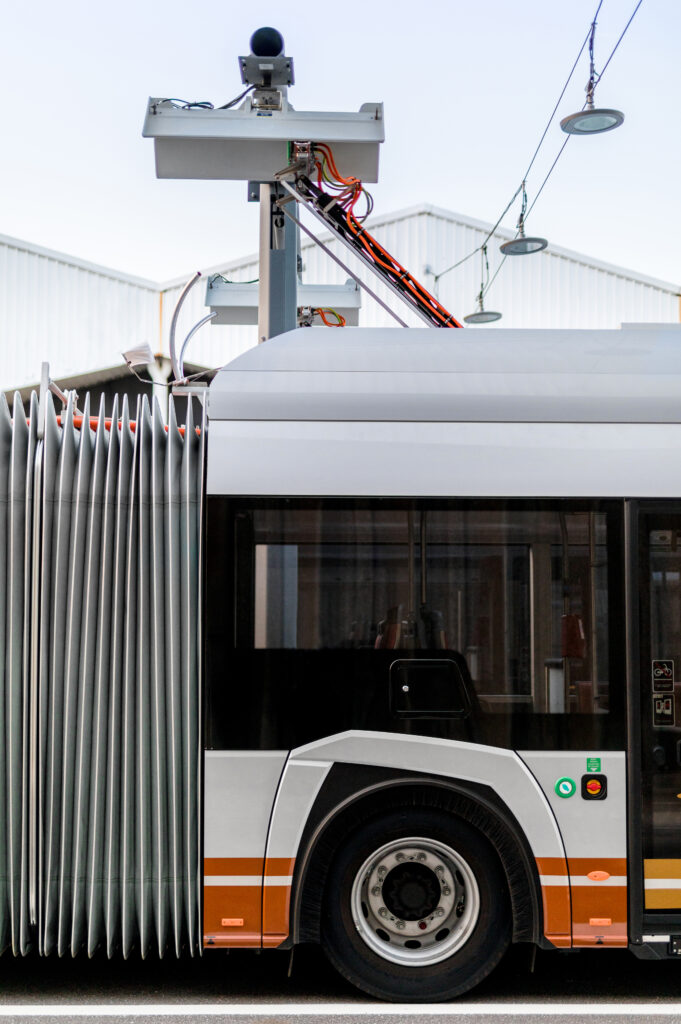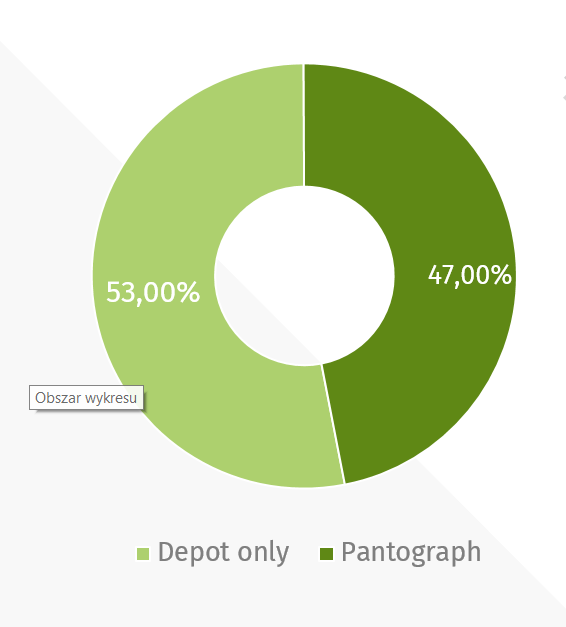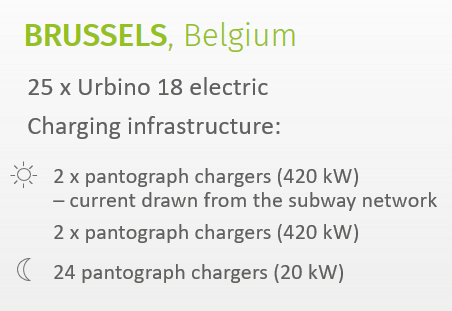In-motion charging (IMC)
In-motion charging (IMC) is another method of charging batteries in city buses. How exactly does it work?

The art of choosing the best charging solutions for electric buses
The electric bus market in Europe is growing rapidly. UITP predicts that electric and hybrid buses will make up the vast majority of all new registrations. This trend is driving public transport manufacturers to multiply the options for equipping buses with such technologies. The reason is to give as many options as possible for their efficient operation and to adapt the product to the needs and capabilities of individual carriers. One such element is proper charging solution of electric buses.
Our flexible offer provides us with many charging possibilities. We can thus meet the diverse expectations of our customers and facilitate the transition to the “green side” of public transportation.
Petros Spinaris, Solaris Bus & Coach BOARD MEMBER RESPONSIBLE FOR SALES, MARKETING and CUSTOMER SERVICE

Charging solutions of Solaris electric buses:
The charging method of electric bus is crucial for the effective operation of the vehicle and should always be adapted to the customer’s needs, the existing infrastructure and the conditions of use of the vehicle. Each Solaris electric bus is equipped with the PLUG-IN / Combo2 CCS charging system as standard. Additionally, customers can choose to install an option in the form of pantograph charging. Which charging system is more popular choice of public transport operators? (chart)


What is the most popular charging
mode among Solaris customers?
The data collected by the manufacturer shows that in the overall perspective, the choice of the charging solution is more or less equally distributed (with a predominance of plug-in version). However, while looking at the database in more detail, for example in the distinction between Solaris customers, it is clear that the vast majority opt for the additional version of pantograph charging. This option is made up of 64% of all producer’s orders.
What does this result mean? One of the clues may be “Feasibility studies”. An analytical report provide by Solaris experts, which guarantees the selection of an appropriate charging system to the needs and capabilities of the each client. This report is based on numerous factors, such as route requirements, the temperature range in a given city, the average speed achieved by the vehicle or the type of heating the bus is equipped with. Such analyzes help with matching the appropriate energy supply system for bus batteries, which maximizes the operability of the vehicles.
One thing is certain – none of the methods of charging electric buses is better or worse in principle. Its effectiveness is determined by a number of variables, and the selection of the appropriate mode should be the result of the each customer possibilities. The undeniable advantages of the plug-in method are relatively low operating costs and lower power consumption. In turn, the pantograph mode is fully automatized and will be better for in case of need of fast charging.


In-motion charging (IMC) is another method of charging batteries in city buses. How exactly does it work?
NMC, LFP and LTO are types of batteries, with different chemistries. Learn how each battery types affects vehicle capabilities.
What components is a battery made of? What kind of cell chemistry can it have? What are the key functional parameters? Check it out!